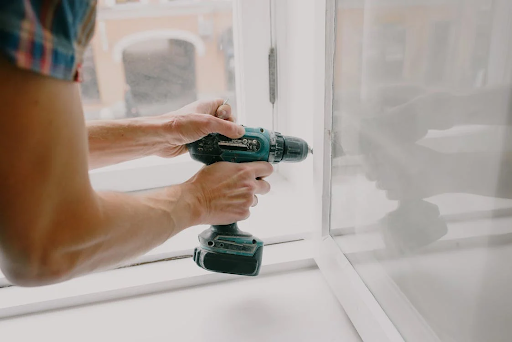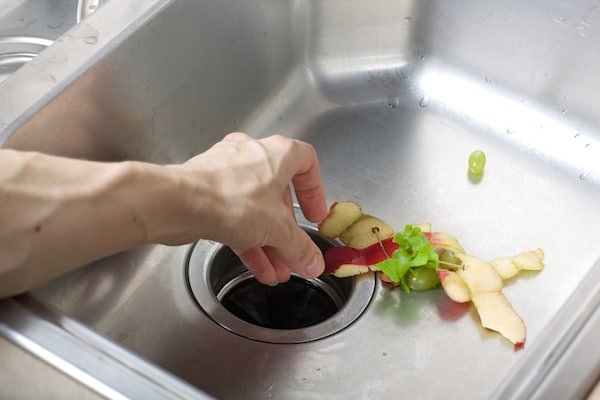
Repaying your mortgage can be a daunting task, and it is important to have the right strategies in place. From understanding the different types of mortgages available to learn how to budget effectively, these steps will give you an edge when tackling one of life’s biggest financial commitments. With careful planning, patience, and dedication, repaying your mortgage doesn’t have to be a stressful experience!
1. CALCULATE HOW MUCH YOU OWN
Staying on top of your mortgage payments is essential to successfully repay your loan. To begin, figure out exactly how much you owe and make sure that you know the terms of your mortgage agreement. This includes understanding the details such as interest rate, length of the repayment period, and any additional fees that may be associated with it. You can even use a mortgage repayment calculator to estimate your monthly payments. Checking in periodically to ensure accuracy is also important at this stage. This process can feel overwhelming at first but understanding the details will give you a good idea of how long it will take you to pay off your mortgage and what strategies are available for successful repayment.
2. BUDGET EFFECTIVELY
The best method to ensure you have enough money saved up to pay your mortgage each month and keep on schedule is to stick to your budget. Ensure that you are cognizant of all the expenses related to your house, such as taxes, insurance, and maintenance. Consider saving away additional money each month in case of unforeseen costs. When making significant purchases for your house, make wise choices. Any modifications or renovations should only be made after great thought and preparation to avoid placing an undue burden on your budget or affecting your capacity to make mortgage payments.
3. RESEARCH YOUR OPTIONS
Before you commit to any repayment plan, it’s important that you research the different options available and find one that works for your situation. Consider factors like fixed or adjustable rates, term length, and prepayment penalties. You should also compare interest rates from multiple providers, so you can get the best deal possible. Additionally, look into government programs that may be able to reduce your monthly payments or provide other types of assistance. Finally, don’t forget to speak with a financial advisor to make sure you fully understand the terms of any agreement before making a commitment.
4. MAKE ON-TIME PAYMENTS
The best method to successfully repay your mortgage is to make on-time payments. You may be charged late fees or even have your interest rate go up if you make a payment after the due date. It’s crucial to set up reminders for yourself and keep track of due dates to help guarantee that payments are made on time. Moreover, if you experience any payment difficulties, get in touch with your lender right away, so they can collaborate with you to resolve the situation before it worsens. This will help you avoid any unnecessary fees and maintain a strong credit score.
5. INVESTIGATE REFINANCING OPTIONS
Once you’ve built up equity in your home, it can be a good option to refinance your mortgage. This can help you get access to lower interest rates and longer repayment terms which could help lower your monthly payment. To determine if refinancing is the best option for you, speak with a financial advisor or look into online resources to explore the different loan options available to you. Make sure to take into consideration closing costs when deciding whether refinancing is the right choice for repaying your mortgage.
6. PAY MORE THAN THE MINIMUM
Paying more than the minimum each month on your loan will help you pay off your debt sooner and reduce the length of the loan. It can also save you money in interest over the life of the loan. Additionally, if you’re able to make extra payments toward your principal balance, those payments are not included in the calculation for mortgage insurance premiums or other fees associated with the loan-this means that when you make extra payments, you may be able to reduce some of these additional costs as well.

Repaying your mortgage can be a daunting task but with the right strategies, you can make it happen. Make sure to budget wisely, research all of your options, and stay on top of any payments or fees. Additionally, pay more than the minimum each month if you’re able so that you can reduce the total length of the loan and save money in the long run. Finally, by considering all of your options and planning carefully, you can successfully repay your mortgage. With the right strategies, you can do it.
















